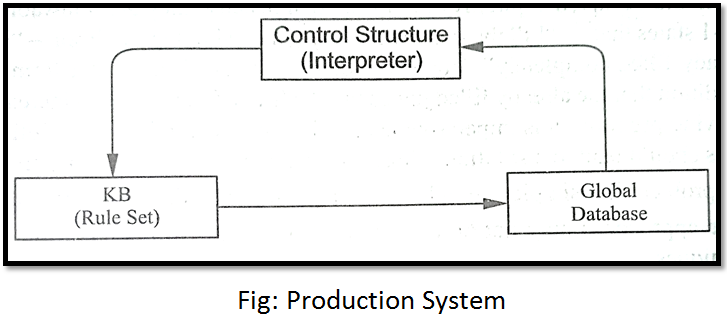Production System in Artificial Intelligence
Production System
If a system with production rules and a rule-interpreter then the system is known as a production system. In these systems, the working memory of the system models human short-term memory while productions are part of long-term memory. It also helps to create AI-based computer programs.

Rules of Production System
Rule-1: Production systems represent both knowledge as well as action.
Rule-2: It provides a language in which the representation of expert knowledge is very natural.
Rule-3: It provides a heuristics model for human behavior.
Rule-4: These systems model strong data-driven nature of intelligent action. Whenever new inputs enter the database, the behavior of the system changes.
Rule-5: It allows us to add new rules easily without disturbing the rest of the system.
Let us now see the architecture of the Production System. It comprises three main components:
- Rule Base
- Global Database
- Control Structure
The process of transforming a problem statement into these components of the production system is called problem representation. Selection of a good representation is an art in AI to solve practical problems and there are many ways to represent a problem.
Note: A good problem solution requires an efficient control strategy, good representations for problem states, moves and goal conditions. Also, note that we select those representations which need small state spaces.
Components of Production System
1. Rule Base: Production rules are extremely popular knowledge representation (KR) structure today. They are conditional IF-THEN branches only. These rules apply to the global database. Each rule may have a Precondition.
If the precondition of the rule is satisfied then only the corresponding rule is applied to a state. It is only after the application of the rule that the problem’s state changes. The KR in the production system is decoded in a declarative form which comprises a set of rules which are of this form –
Soltuion → action
2. Global Database: It is a central data structure used by the production system. This database may be as simple as a small matrix of numbers or as complex as a large relational indexed file structure.
3. Control Structure/Strategy: It means that an interpreter program controls the order in which the production rules are fixed. Also, it resolves conflicts if more than one rule becomes applicable simultaneously.